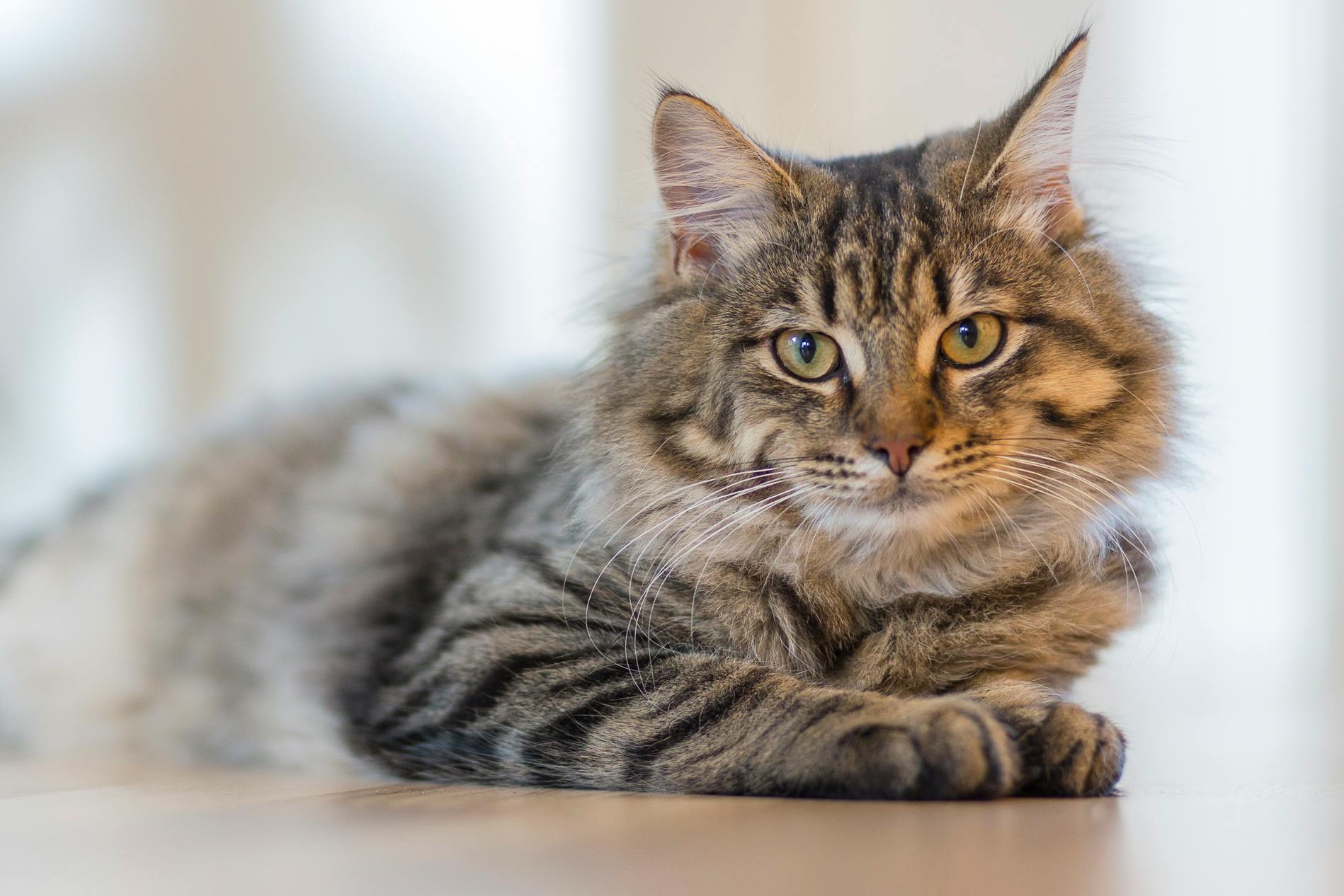 |
| Image credit: Pexels |
Understanding the nuances of cat coat colors and lengths can be as intriguing as it is complex. From sleek blacks to vibrant tabbies, and from short-haired to long-haired beauties, cats exhibit a stunning array of coat variations that captivate and delight cat enthusiasts worldwide. In this comprehensive guide, we delve into the fascinating world of cat coat genetics, colors, and lengths, providing insight into the factors that contribute to the unique appearance of our feline friends.
Genetics of Cat Coat Colors
The genetics behind cat coat colors are a blend of complexity and wonder. At the core of understanding cat coat colors lies the concept of genetic inheritance. Cats inherit their coat colors from their parents through a combination of dominant and recessive genes. These genes determine the production and distribution of melanin, the pigment responsible for coloration in cats.
TIP: Learn More About Your Cat's Health, Breed, Traits and Habits with the Basepaws Breed + Health Cat DNA Test!
Basic Cat Coat Colors
Cat coat colors can be broadly categorized into several primary hues, each with its own unique variations:
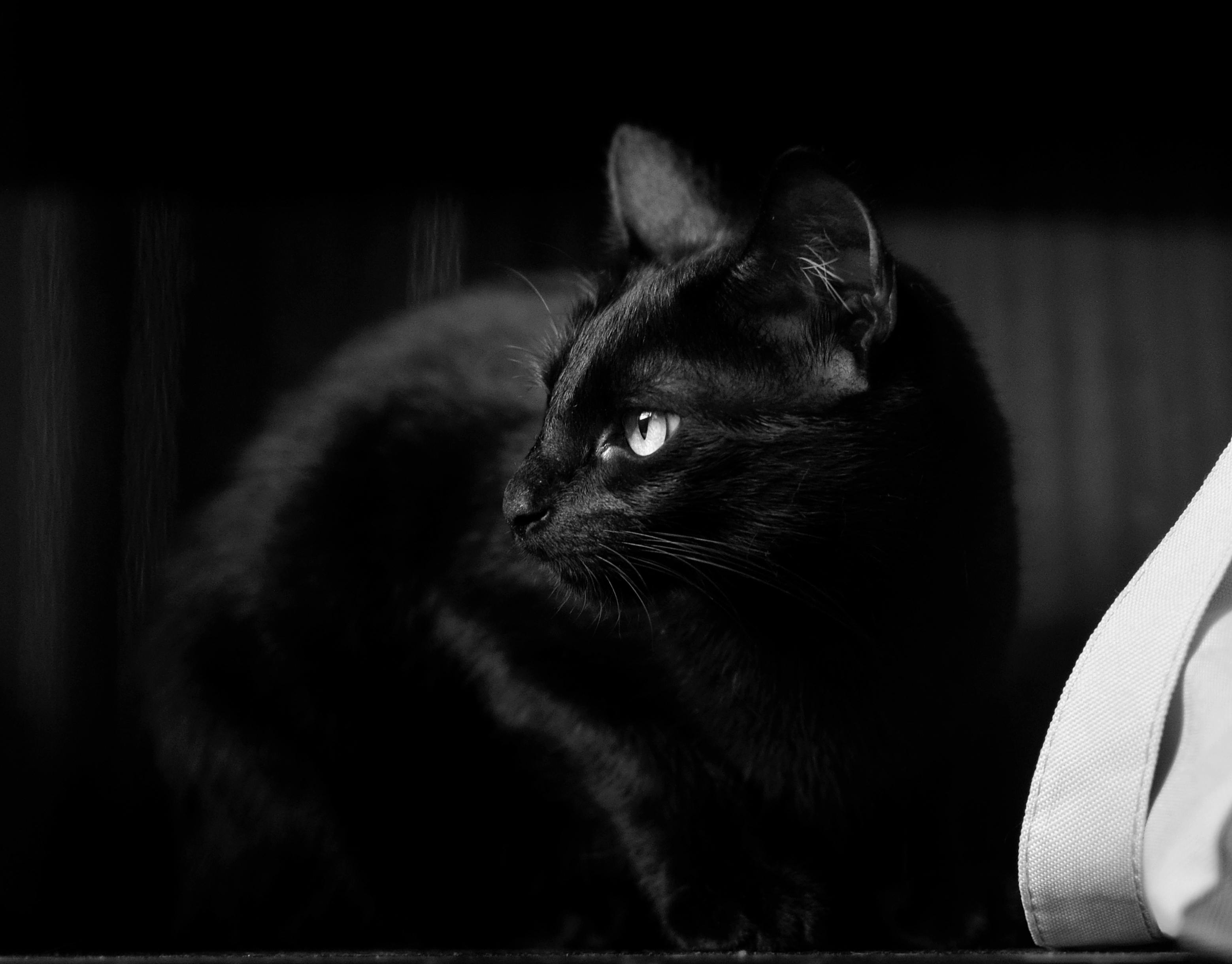 |
| Image credit: Pexels |
Factors Influencing Cat Coat Lengths
In addition to colors, cat coat lengths contribute to the overall aesthetic appeal of our feline companions. The length of a cat's coat is primarily determined by genetics, with various factors influencing the final outcome.
Short-Haired Cats
Short-haired cats, also known as domestic shorthairs, boast sleek and low-maintenance coats that require minimal grooming. Breeds such as the American Shorthair and the Siamese are renowned for their short, dense fur, which provides insulation and protection against the elements.
Long-Haired Cats
On the opposite end of the spectrum are long-haired cats, characterized by luxurious coats that cascade gracefully around them. Breeds such as the Persian, Maine Coon, and Norwegian Forest Cat are celebrated for their stunning long-haired coats, which require regular grooming to prevent matting and tangles.
Conclusion
In conclusion, the diverse array of cat coat colors and lengths adds to the charm and allure of our beloved feline companions. Understanding the genetic and environmental factors that influence coat variations can deepen our appreciation for the beauty and complexity of cats. Whether your preference leans towards sleek black coats or fluffy long-haired beauties, there's a cat out there for everyone, each with its own unique coat to admire.
@nolacrazycatlady #blackcats #cattok #catsandwater #catvswater #blackcatsoftiktok ♬ So Fresh, So Clean - Outkast

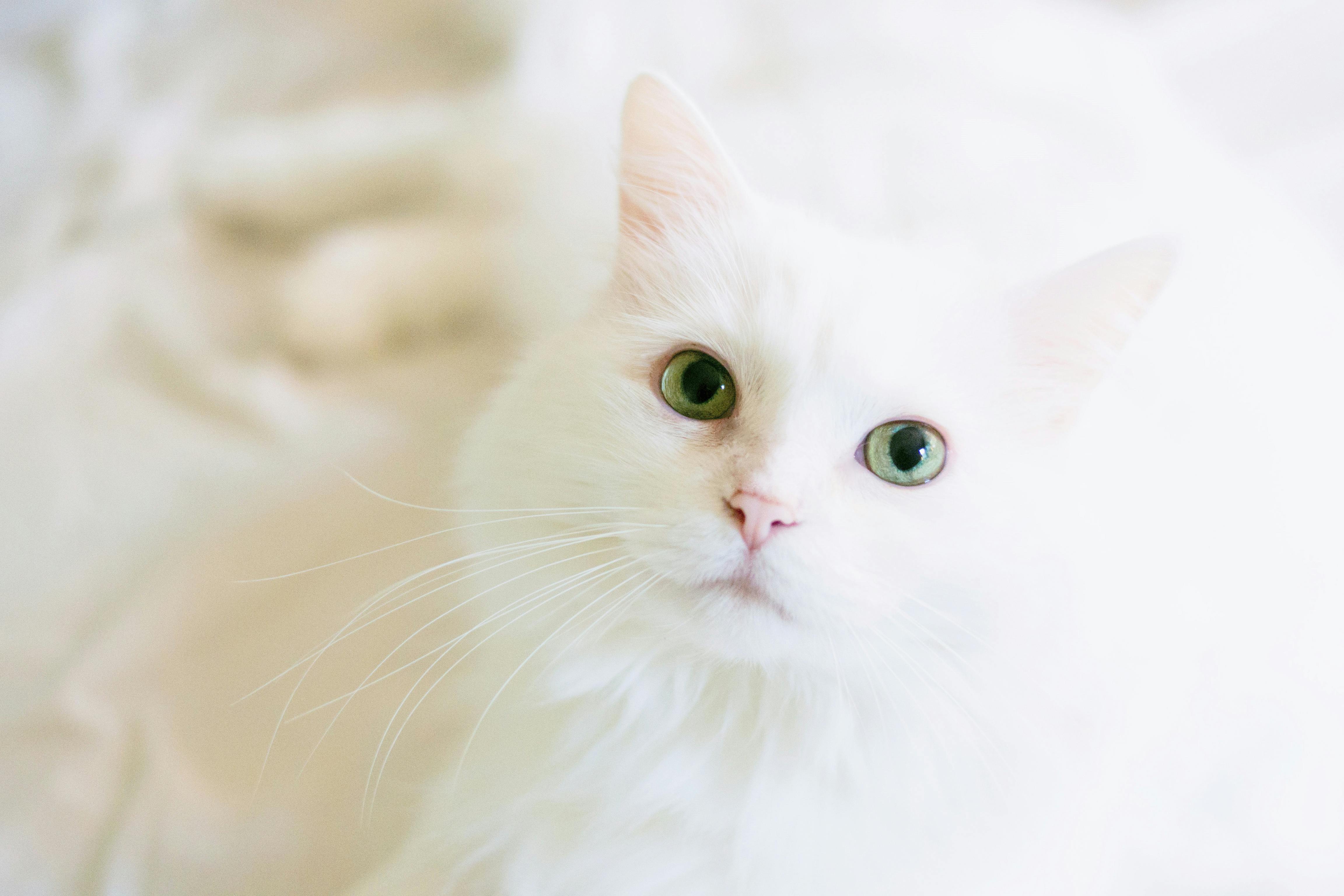
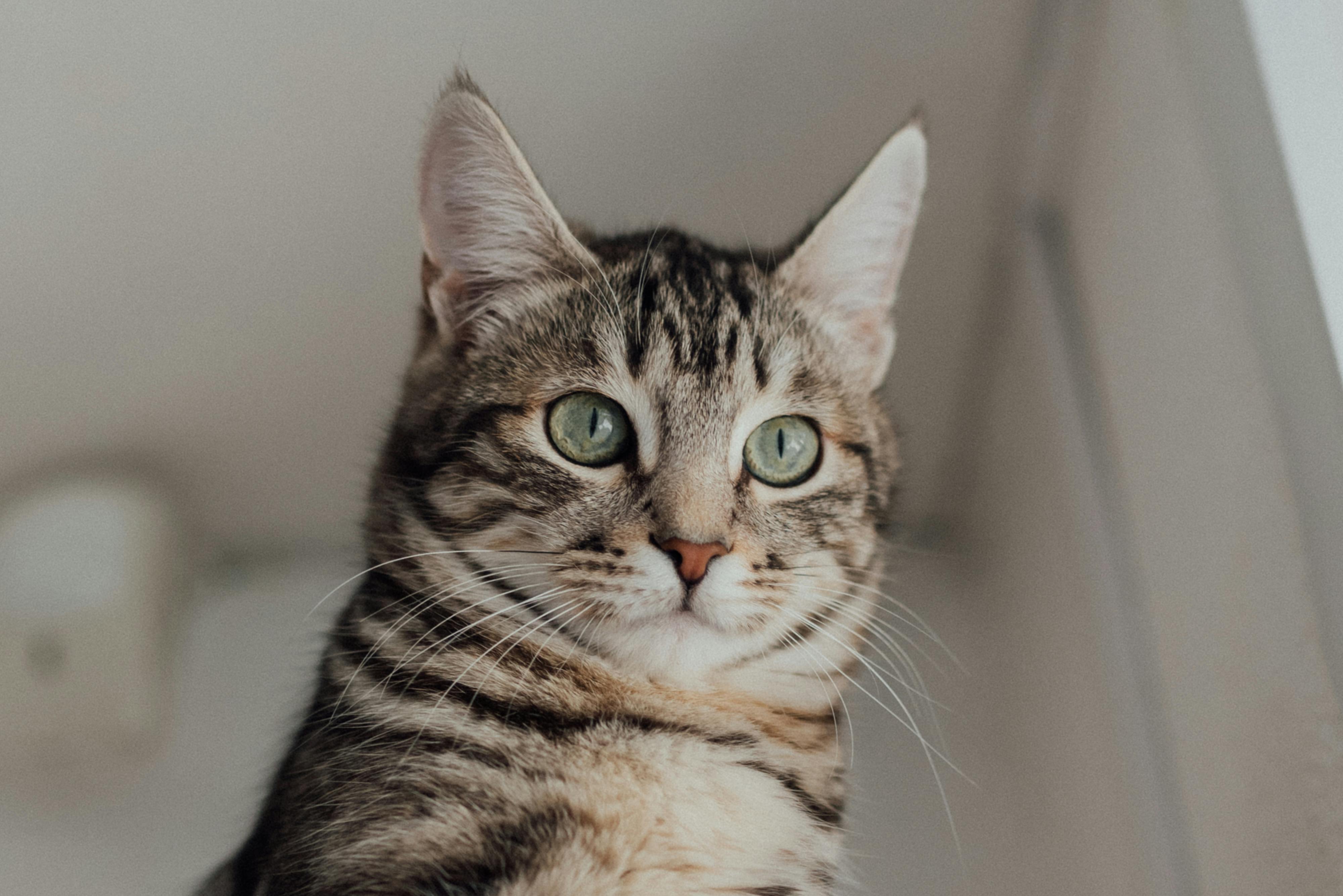
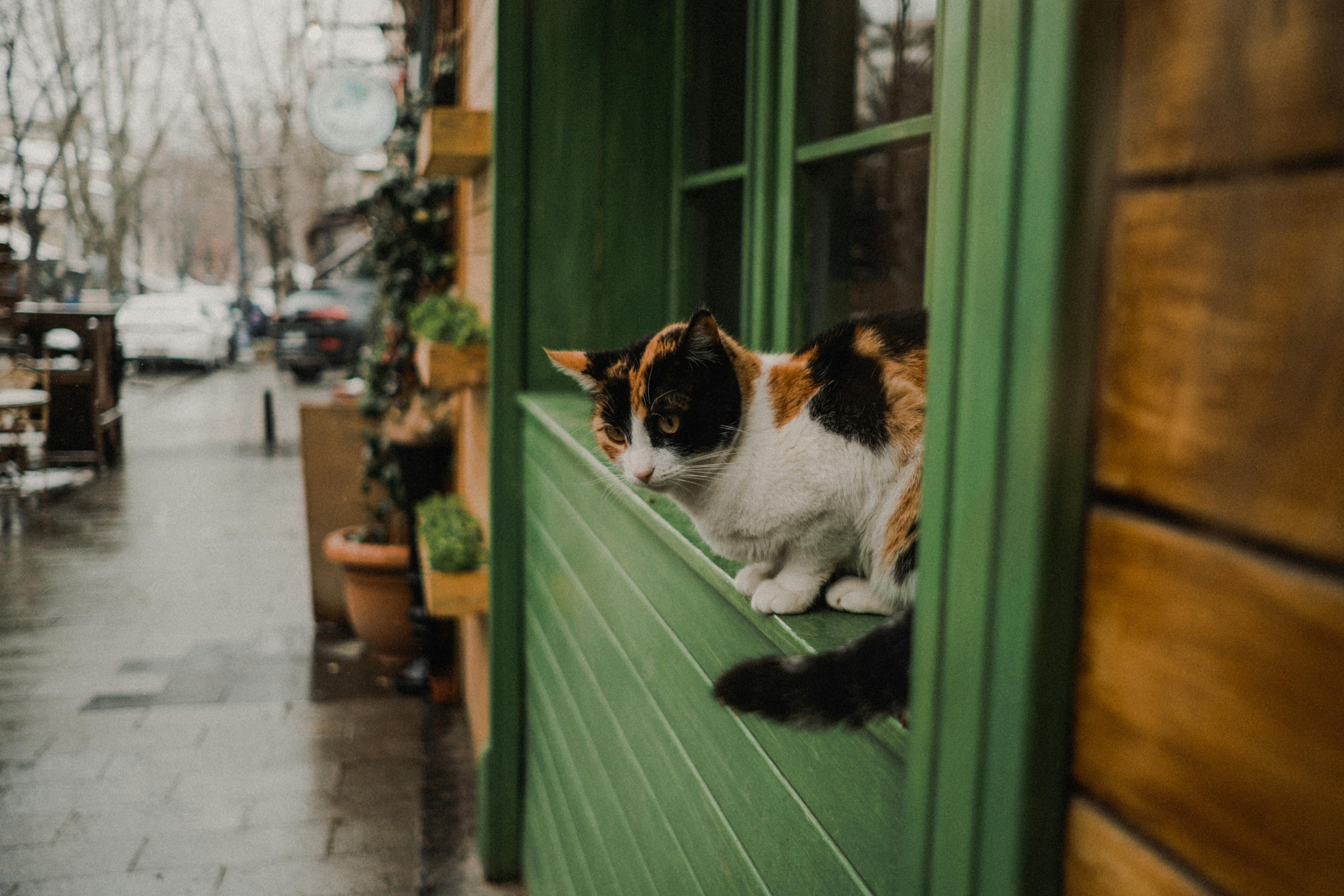




.jpg)






0 Comments